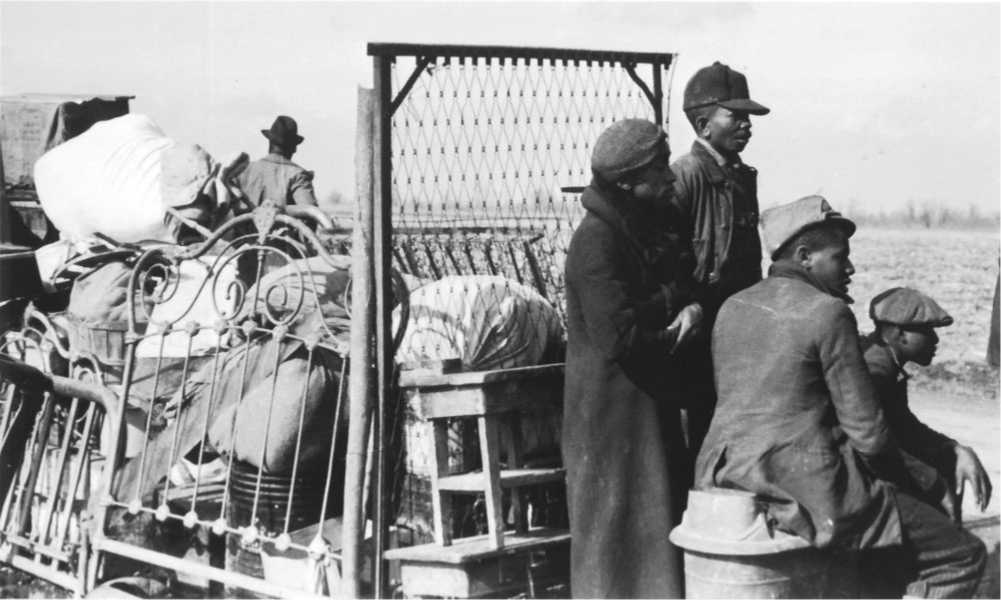The shift of black voters from the Republican to the Democratic party during the New Deal years was one of the most significant political turnarounds in American history. In 1932 when things were at their worst, fewer African Americans defected from the Republican party than the members of any other traditionally Republican group. Four years later, however, blacks voted for Roosevelt in overwhelming numbers.
Blacks supported the New Deal for the same reasons that whites did, but how the New Deal affected blacks in general and racial attitudes specifically are more complicated questions. Claiming that he dared not antagonize southern congressmen, whose votes he needed for his recovery programs, Roosevelt did nothing about civil rights before 1941 and relatively little thereafter. For the same reason, many southern white liberals hesitated to support racial integration for fear that other liberal causes could be injured as a result.
Many of the early New Deal programs treated blacks as second-class citizens. Blacks were often paid at lower rates than whites under NRA codes (and so joked that NRA stood for “Negro Run Around” and “Negroes Ruined Again”). The early farm programs shortchanged black tenants and sharecroppers. Blacks in the Civilian Conservation Corps were assigned to all-black camps. TVA developments were rigidly segregated, and almost no blacks got jobs in TVA offices. New Deal urban housing projects inadvertently but nonetheless effectively increased the concentration of blacks in particular neighborhoods. Because the Social Security Act excluded agricultural laborers and domestic servants, it did nothing for hundreds of thousands of poor black workers or for Mexican American farmhands in the Southwest. In 1939 unemployment was twice as high among blacks as among whites, and whites’ wages were double the level of blacks’ wages.
The fact that members of racial minorities got less than they deserved did not keep most of them from becoming New Dealers: Half a loaf was more than any American government had given blacks since the time of Ulysses S. Grant.

Black sharecroppers evicted from their tenant farms were photographed by Arthur Rothstein along a Missouri road in 1939. Rothstein was one of a group of outstanding photographers who created a unique "sociological and economic survey” of the nation between 1936 and 1942 under the aegis of the Farm Security Administration.
Aside from the direct benefits, African Americans profited in other ways. Secretary of the Interior Harold L. Ickes appointed Charles Forman as a special assistant assigned “to keep the government honest when it came to race.” In 1936 Roosevelt appointed Mary McLeod Bethune, founder of Bethune-Cookman College, as head of the Division of Negro Affairs in the National Youth Administration (NYA). She developed educational and occupational training programs for disadvantaged African American youths. Bethune, along with Forman, William Hastie, another black lawyer in Ickes’s department, and a few others made up an informal “Black Cabinet” that lobbied throughout the Washington bureaucracy on behalf of better opportunities for blacks.
In the labor movement the new CIO unions accepted black members, and this was particularly significant because these unions were organizing industries— steel, automobiles, and mining among others—that employed large numbers of blacks. Thus, while black Americans suffered horribly during the Depression, New Deal efforts to counteract its effects brought them some relief and a measure of hope. And this became increasingly true with the passage of time. During Roosevelt’s second term, blacks found far less to criticize than had been the case earlier.




 World History
World History









